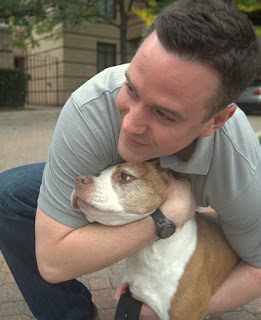How to establish trust with your dog
What you wanted to teach him was not to chase the cat. What you actually taught him was that returning to you is unpleasant.
One of the commands you want your dog to master is to come when called.
To be successful, remember this principle: Whenever your dog comes to you, be nice to him. Don’t do anything the dog perceives as unpleasant. If you want to give him a bath or a pill, don’t just call him to you. Instead, go get him or call him, and then first give him a cookie before the bath or pill.
No matter what he may have done, be pleasant and greet him with a kind word, a pat on the head, and a smile. Teach your dog to trust you by being a safe place for him. When he’s with you, follows you, or comes to you, make her feel wanted.
If you call him to you and then punish him, you undermine his trust in you. When your dog comes to you on his own and you punish him, he thinks he’s being punished for coming to you. You may ask though, “How can I be nice
to my dog when he brings me the remains of one of my brand-new shoes, or when he wants to jump on me with muddy paws, or when I just discovered an unwanted present on the carpet?”
that at that moment in time the dog doesn’t understand that he did anything wrong.
He only understands your anger — but not the reason for it. As difficult as it may be, you have to grin and bear it, lest you undermine the very relationship of mutual trust you’re trying to achieve through training. (Take a
look at Chapter 5 for info on how to understand your dog’s mind and check out Chapter 4 for info on housetraining.)
Punishment after the fact is cruel and inhumane. Even if the dog’s behavior changes as a result of being punished, it changes in spite of it and not because of it. The answer lies in prevention and training.
Prevention means providing the dog with plenty of outlets for his energies in the form of exercise, play, and training.
It also means not putting the dog in a position where he can get at your brand-new pair of shoes.
Training means teaching your dog to sit on command so that he doesn’t jump on you (see Chapter 7 for training basics)







No comments